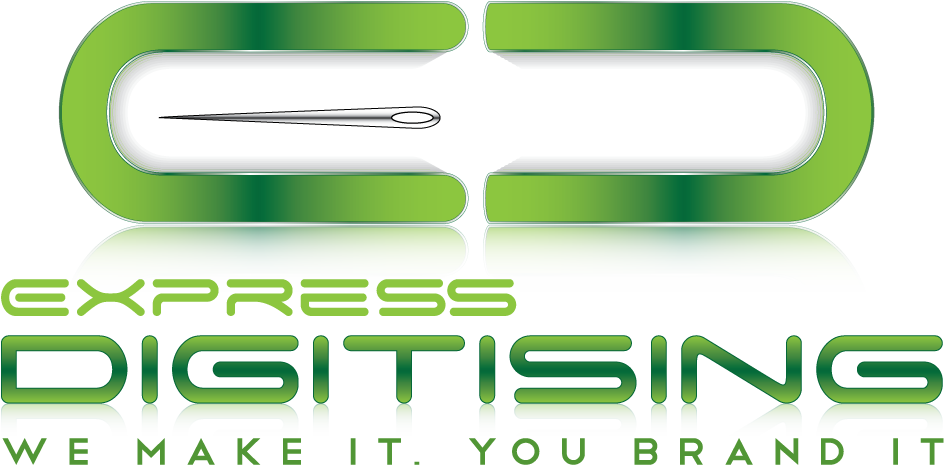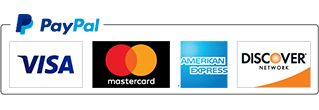In machine embroidery, the movement of the machine to replicate the design is crucial.The machine should move in a predetermined manner so that the design is correctly replicated. This information about the movement of machine to create a design is saved in the embroidery machine file format.
The file format is often unique to each machine brand. Every brand will have a native format of the file, and the machine will recognize only those files in the native format.
Let us make the concept clear with an example. Consider PC and Mac computers. Both the machines serve the same purpose. But there is a specific software that runs only on PC and not in Mac and vice versa.
Why does this happen? This is because of the different coding language of the operating systems. This coding language is so unique that the files that are created for one platform cannot be read in another.A file format that works in only one operating system and its related machine is called a proprietary software/format.
The same principle applies to embroidery machine file formats. Every embroidery machine brand will have a specific proprietary file format that is compatible only with that brand. It can read the embroidery design information of only that particular brand. Thus, the machine and the file format are closely associated.
Why are so many embroidery machine formats available?
Why is it that no one format applies to all the machines? The simple answer is the embroidery industry brands do not want to have a common file system. Having a file system that is unique and work only on their device provides them with a closed ecosystem. This helps them to maintain the loyalty of their clients.
For eg; Suppose a client has spent many years collecting a number of unique embroidery designs. He would have most probably stored all the designs in one format. In such a situation, he is less likely to buy a machine from another brand. This is because he may not be able to store all his designs in the new machine as the designs may not be compatible with the new machine. Thus, the client will have to start from scratch.
Once the client makes up his mind to switch machine brands with all his embroidery designs, he will be provided with the main embroidery machine formats by our embroidery digitizing team. This helps to reduce downtime and increase the overall efficiency.
Different types of embroidery machine file formats
As discussed earlier, every embroidery machine brand has developed a unique file format which works only on the machine of that particular brand.
Most of the embroidery designs that you purchase from the market are not made in a file format that is used in the home embroidery market like JEF and PES.These designs are compiled using professional grade embroidery digitizer and is usually stored in a strong vector format like EMB or PXF. These files are then converted to easily usable formats like JEF and PES.
Let us have a look at which embroidery machine brand is compatible with which embroidery design file format. The primary ones are listed below.
| Embroidery Machine Brand | Embroidery Stitch File Format |
|---|---|
| Janome | .JEF |
| Bernina | .ART |
| Singer | .XXX |
| Husqvarna / Viking Tajima | .HUS& .VP3 & .VIP& .DST |
| Brother / Babylock / Deco | .PES / .PEC |
| Pfaff | .PCD / .PCM / .PCS |
| Melco / Bravo | .EXP |
Embroidery Machine File formats that are Native
As mentioned earlier, files that are native to certain machines will not run on other machines. For eg; A .EMB file is native to Wilcom’s software. Hence, it will not run on any other machines. It is similar to a Vector art file that is not made up of dots per inch. This means that the image can be altered with great precision and with less effort.Just like humans, every software program also has a native language that it is fluent in. If we bring a file that is written in another format into this program, then certain information may be lost. The result that we obtain may not be the optimal result.
Is it possible to convert machine embroidery file formats?
Yes, it is possible to convert embroidery designs from one file format to another. But there is a greater chance that some information might be lost in the conversion. The best result can be achieved only by using the native file format specific to the machine.
The files can be resized, and the entire properties of a design can be changed when the Embroidery Digitizing Program’s native format is used. But if a JEF file is converted to an EMB file using an embroidery digitizer, then a lot of information can be lost in the conversion.
If you are looking for an embroidery digitizing teamto help you with file conversion, then we are here to help you out.


